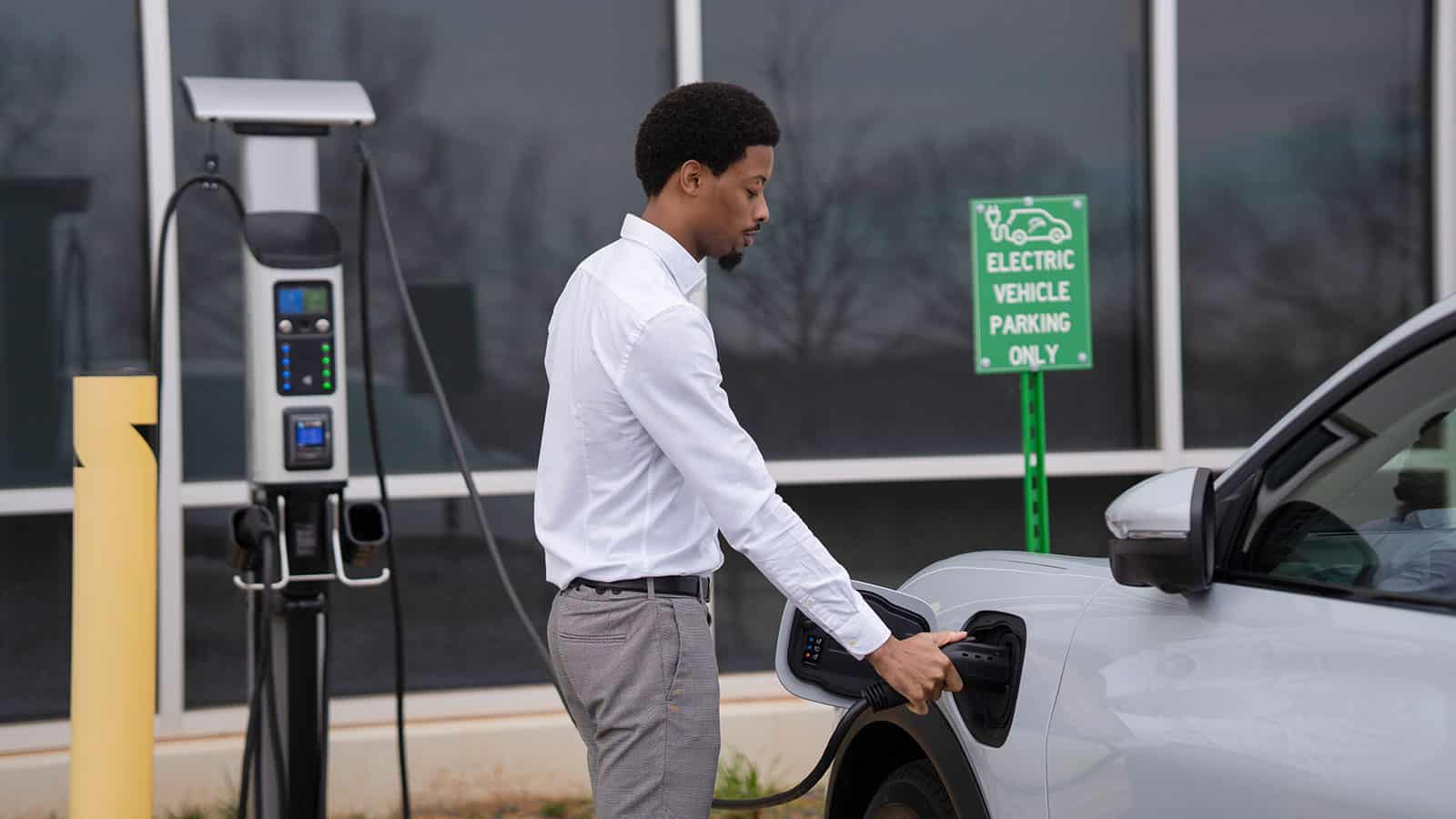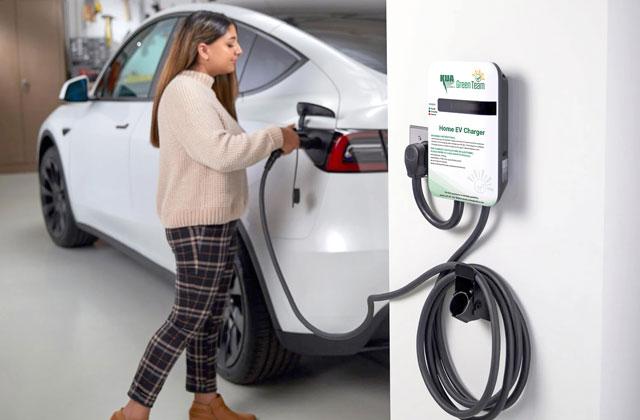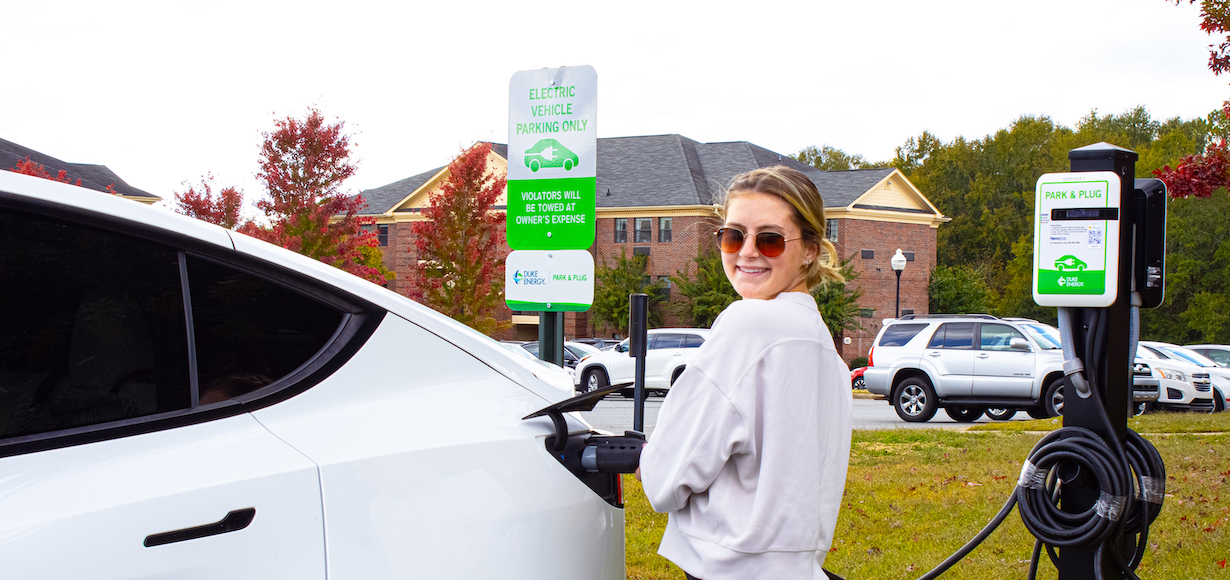How to Make Smarter Decisions in EV Investments by Buying EV Charging news
How to Make Smarter Decisions in EV Investments by Buying EV Charging news
Blog Article
Leading EV Charging Information: Secret Updates on Facilities and Innovation

Recent Developments in Fast-Charging Modern Technology

Moreover, developments in battery innovation, including enhanced thermal administration systems and higher power thickness batteries, complement fast-charging abilities. These growths mitigate the threat of battery destruction during rapid charging, making sure durability and efficiency for EV owners.
Furthermore, the integration of clever billing options is boosting individual experience, enabling real-time monitoring and vibrant prices versions. EV Charging news. This flexibility enables vehicle drivers to enhance billing prices and times based upon grid need
As automakers continue to buy fast-charging networks, the collaboration between sector stakeholders is vital. Partnerships in between charging terminal suppliers and auto makers are paving the method for substantial protection, inevitably promoting a much more durable EV ecosystem. These advancements are critical in supporting the shift to lasting transportation.
Government Efforts for Billing Expansion
Federal government efforts play a critical duty in the development of electric automobile (EV) billing facilities, assisting in the change to lasting transport. Different federal and state programs are being applied to boost billing availability, decrease the economic burden on consumers, and promote the fostering of electric lorries.
Significantly, the U.S. government has actually assigned considerable funding through the Facilities Financial Investment and Jobs Act, which sets aside $7.5 billion for EV charging network growth across the nation. This financing is intended at releasing countless brand-new billing terminals, especially in underserved locations, therefore dealing with variety stress and anxiety amongst prospective EV purchasers.
Furthermore, numerous states are enacting regulations to enhance the permitting procedure for billing terminal setups, which is vital for accelerating deployment. Incentives such as tax obligation credit scores and refunds for both consumers and services are also being introduced to encourage the installation of billing framework.
Additionally, public-private collaborations are significantly ending up being a focus, leveraging private financial investment to match government funding. These efforts highlight a collective technique important for constructing a efficient and detailed EV billing network, ultimately adding to a greener and more lasting future.
Innovative Battery Solutions Enhancing Performance
Revolutionizing the landscape of electrical car (EV) innovation, innovative battery remedies are substantially improving efficiency and efficiency. Developments in battery chemistry, particularly with lithium-sulfur and solid-state batteries, are leading to increased power thickness, which enables for longer arrays and faster charging times. These new battery types have the possible to outmatch typical lithium-ion batteries by offering greater capacities while minimizing weight, consequently enhancing general lorry performance.
Moreover, advancements in battery monitoring systems (BMS) are enhancing energy usage and prolonging battery lifespan. Intelligent algorithms check battery health and performance, making it possible for real-time adjustments to billing and discharging procedures. This not only improves the efficiency of the battery yet additionally ensures a more lasting and reputable energy resource for EVs.
In addition, the combination of recycling technologies is attending to the environmental impact of battery production and disposal. Developments in second-life applications for EV batteries are facilitating their usage in power storage space systems, adding to a round navigate here economy.
As these innovative battery solutions continue to evolve, they assure to change the EV market, making electric automobiles a lot more enticing and accessible to a broader target market while sustaining international sustainability goals.

Partnership In Between Automakers and Charging Networks
Identifying the important requirement for a robust billing infrastructure, car manufacturers are progressively teaming up with billing network carriers to enhance the EV possession experience (EV Charging news). These partnerships aim to produce a smooth billing environment that profits consumers and supports the change to electric cars
Significant automobile brand names are signing up with forces with established billing networks to increase their billing terminal protection, ensuring drivers have access to practical and reliable billing options. Collaborations with networks you can try here like ChargePoint and Electrify America allow car manufacturers to integrate charging services directly into their cars' navigation systems, guiding customers to the nearby terminals and supplying find out real-time schedule updates.
Furthermore, these partnerships frequently cause the development of fast-charging technologies that considerably minimize the moment needed to reenergize an EV. By pooling resources and experience, automakers and charging networks can introduce quicker, developing services that meet the growing need for electric wheelchair.
In addition, joint campaigns might additionally result in even more standardized billing procedures, which can ease customer complication and promote more comprehensive EV fostering. On the whole, these strategic alliances are critical in building a effective and straightforward charging infrastructure that satisfies the demands of an expanding electric car market.
Challenges Dealing With EV Billing Framework
As the electrical automobile market proceeds to grow, numerous difficulties are emerging that impede the advancement of a detailed billing infrastructure. One of the key obstacles is the not enough variety of billing terminals, particularly in underserved and country metropolitan locations. This gap develops range anxiousness among prospective EV buyers, deterring them from making the switch.
Additionally, the absence of standardization in billing modern technology makes complex the framework landscape. Variants in plug types and billing speeds can create complication for users and boost operational intricacies for billing network operators.
An additional pushing concern is the high cost related to the installation and maintenance of charging stations, which can be an obstacle for both public entities and exclusive services. Regulative hurdles and zoning constraints can delay the implementation of billing framework, impeding development in broadening crucial solutions. Dealing with these obstacles will certainly be essential for fostering a durable EV community that sustains the change to lasting transport.
Verdict
To conclude, the recurring improvements in EV charging technology, sustained by substantial federal government efforts and cutting-edge battery options, are essential for the growth and effectiveness of electric lorry framework. Partnerships in between automakers and charging service providers even more boost station insurance coverage, dealing with the growing demand for available billing alternatives. Despite challenges that continue within the EV charging landscape, these growths indicate a positive trajectory towards a more lasting and reliable electrical car environment.
Advancements in billing facilities have led to the development of ultra-fast chargers qualified of providing up to 350 kW of power, substantially decreasing billing times. Variants in plug types and billing speeds can create complication for customers and raise operational complexities for billing network operators.In final thought, the continuous innovations in EV billing technology, sustained by substantial federal government efforts and innovative battery solutions, are important for the expansion and performance of electrical lorry framework. Partnerships between car manufacturers and charging service providers better enhance station coverage, addressing the growing need for accessible charging options. In spite of challenges that linger within the EV billing landscape, these growths represent a favorable trajectory in the direction of an extra sustainable and reliable electric vehicle environment.
Report this page